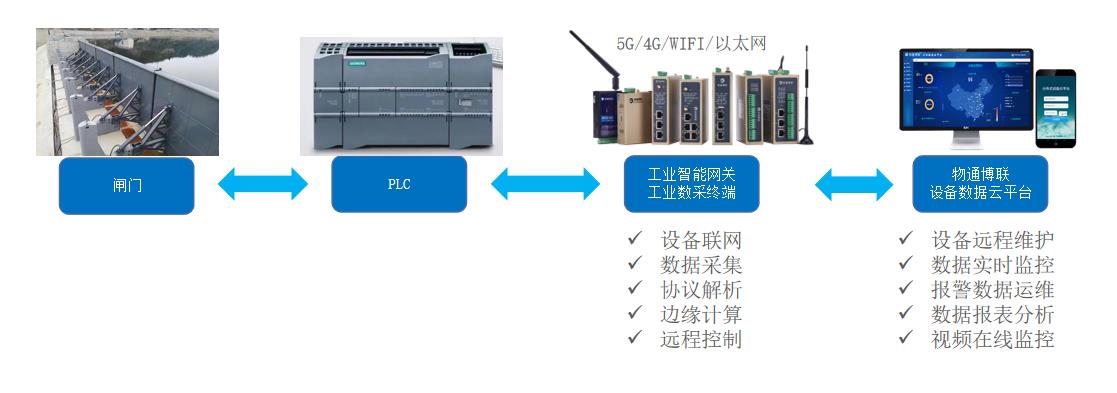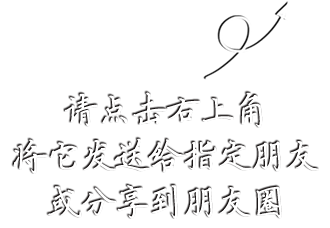-
Scheme for Remote Monitoring System of Digital Irrigation Area Measurement and Control Gates
2025-08-15 14:34:32 In the traditional gate management mode of irrigation areas, it relies heavily on manual observation, decision-making, and operation. The time from discovering dangerous situations to implementing flood diversion/discharge is long, and the best opportunity may often be missed. In addition, due to the lack of accurate and real-time flow data, the estimation of downstream flow is often inaccurate. Insufficient or excessive flood diversion may lead to new dangerous situations. Therefore, the integrated measurement and control gates are increasingly widely used.
In the traditional gate management mode of irrigation areas, it relies heavily on manual observation, decision-making, and operation. The time from discovering dangerous situations to implementing flood diversion/discharge is long, and the best opportunity may often be missed. In addition, due to the lack of accurate and real-time flow data, the estimation of downstream flow is often inaccurate. Insufficient or excessive flood diversion may lead to new dangerous situations. Therefore, the integrated measurement and control gates are increasingly widely used.
With the increasing number of integrated measurement and control gates, it is imperative to realize their intelligent management, which can improve the management level and work efficiency. The Wutong Bolian industrial intelligent gateway can collect real-time data such as gate switch status, instantaneous flow, and real-time water level by connecting to the PLC of the measurement and control gate, and connect to the irrigation area management platform through 5G/4G networks. Managers can remotely monitor the operating status and working parameters of multiple gates, receive alarm information, and conduct timely management and control to ensure the safe implementation of water storage and drainage work.Realized Functions
1. Real-time monitoring: Keep abreast of the status and parameters of each gate, such as water level, flow, voltage, current, etc.
2. Early warning notification: Monitor abnormal data and notify relevant personnel to take measures, supporting WeChat, SMS, email and other methods.
3. Intelligent scheduling: Remotely control the opening degree and time of the gate according to factors such as meteorological data and flow calculation.
4. Simplified operation and maintenance: PLC programming, debugging, program uploading and downloading can be completed remotely, reducing the input of human and material resources.
5. Data traceability: All data are recorded, forming data reports and work logs, which are convenient for subsequent audit and traceability.
6. Data analysis: Summarize experience and rules according to changes in historical data, and formulate reasonable water resource utilization strategies.
Previous:Nothing



 Go Top
Go Top